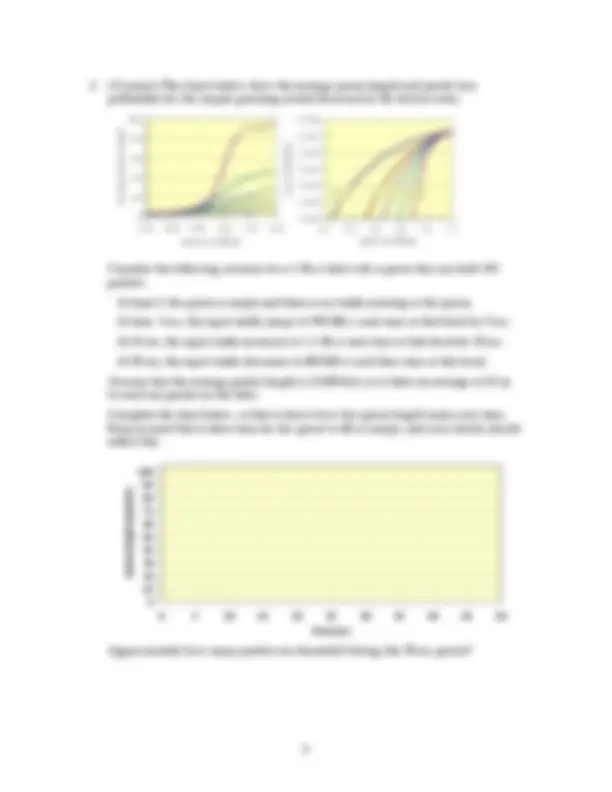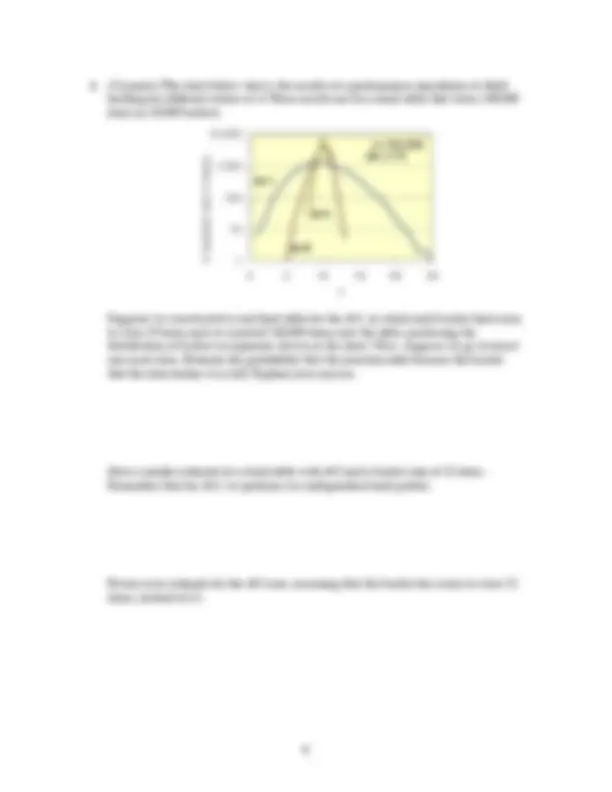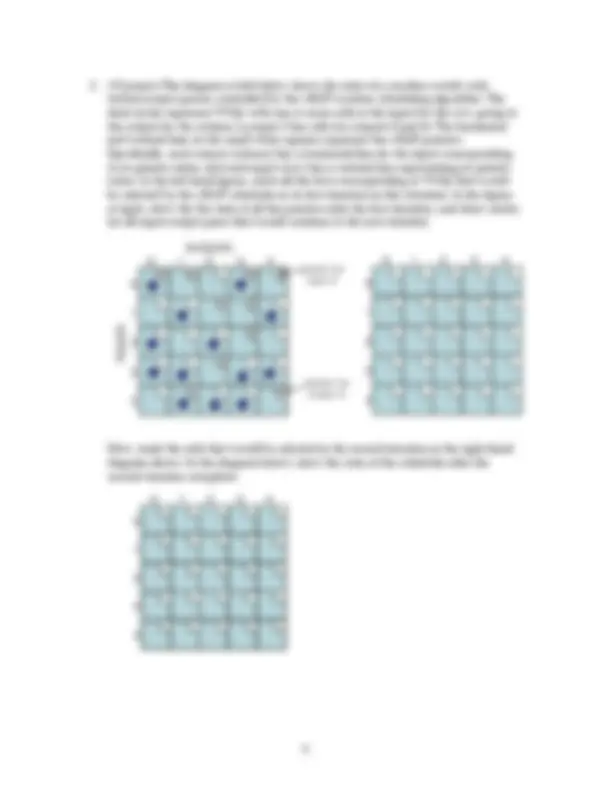





Study with the several resources on Docsity

Earn points by helping other students or get them with a premium plan


Prepare for your exams
Study with the several resources on Docsity

Earn points to download
Earn points by helping other students or get them with a premium plan
Community
Ask the community for help and clear up your study doubts
Discover the best universities in your country according to Docsity users
Free resources
Download our free guides on studying techniques, anxiety management strategies, and thesis advice from Docsity tutors
Main points of this exam paper are: Switching Systems, Analysis, Design, Switched Ethernet Network, Valid Entries, Transmission, Routing Tables, Sending Traffic, Inter-Switch Links, Queue Configuration
Typology: Exams
1 / 7

This page cannot be seen from the preview
Don't miss anything!




f
aa c
b
0
2 1 0
1
2
0
1 2
Ethernet Address
6f
Switch Port Number
Routing Table
Ethernet Address Field
Next Hop Field
0
2
f
aa c
b
0
2 1 0
1
2
0
1 2
Ethernet Address
6f
Switch Port Number
Routing Table
Ethernet Address Field
Next Hop Field
0
2
Please write clearly. Make your answers concise, but complete.
If host 39 now starts sending traffic at 1 Mb/s to host b1 and host c3 sends to host f2 at 5 Mb/s, how much traffic will each of the inter-switch links carry in each direction?
A→B traffic: B→A traffic:
B→C traffic: C→B traffic:
B→D traffic: D→B traffic:
A 20
B 40
C 30
D 200
link 1 – 8 Mb/s next-send-time=10 μs
link 2 – 16 Mb/s next-send-time=5 μs
quantum credits^ current queue
30 25
20 15
40 100
link 1 next-send-time=__
link 2 next-send-time=__
credits
__
__
__
Which packet is sent next and at what time is it sent?
Which packet is sent after that and at what time?
Which packet is sent after that and at what time?
In the right hand diagram, show the state of the queues and links after the first three packets have been sent.
If a new packet arrives for link 2 at time 80, when will it be sent?
4. (12 points) The chart below shows the results of a performance simulation of d -left hashing for different values of d. These results are for a hash table that stores 100, items in 10,000 buckets.
1
10
100
1,
10,
0 5 10 15 20 25
k
items
k
d =
d =
d =
n =100, db = n /
d =
d =
d =
d =
d =
d =
n =100, db = n /
d =
d =
d =
Suppose we constructed a real hash table for the d =1, in which each bucket had room to store 25 items and we inserted 100,000 items into the table, producing the distribution of bucket occupancies shown in the chart. Now, suppose we go to insert one more item. Estimate the probability that the insertion fails because the bucket that the item hashes to is full. Explain your answer.
Give a similar estimate for a hash table with d =2 and a bucket size of 12 items. Remember that for d =2, we perform two independent hash probes.
Revise your estimate for the d =2 case, assuming that the bucket has room to store 13 items, instead of 12.
5. (15 points) The diagram at left below shows the state of a crossbar switch with virtual output queues controlled by the i -SLIP crossbar scheduling algorithm. The dark circles represent VOQs with one or more cells at the input for the row, going to the output for the column (so input 3 has cells for outputs 0 and 4). The horizontal and vertical lines in the small white squares represent the i -SLIP pointers. Specifically, each output (column) has a horizontal line for the input corresponding to its pointer value, and each input (row) has a vertical line representing its pointer value. In the left hand figure, circle all the dots corresponding to VOQs that would be selected by the i -SLIP scheduler in its first iteration in this situation. In the figure at right, show the the state of all the pointers after the first iteration, and draw circles for all input-output pairs that would continue to the next iteration.
pointer for input 0
pointer for output 4
Now, mark the cells that would be selected in the second iteration in the right-hand diagram above. In the diagram below, show the state of the scheduler after the second iteration completes.
Now, consider a tree bitmap implementation of the original prefix set, with a stride of 3. Complete the internal bitmap and external bitmaps for the root node shown below.
Internal bitmap: _ 0 _ _ 1 _ _
External bitmap: _ 1 _ 0 _ _ 1 _
Consider a general version of the tree bitmap data structure for prefixes of up to 64 bits. How many memory accesses would be needed to find the longest prefix in this data structure if the stride length were 4?
How many hash lookups would be needed if we used the binary search on prefix length structure?
Which do you think is the more practical alternative? Justify your answer.